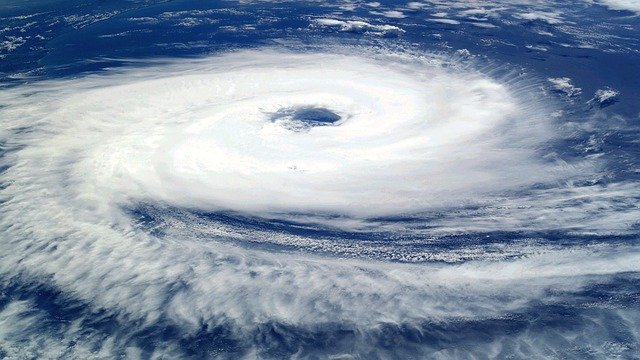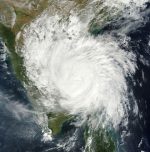All you need to know about Cyclone Vardah

Most of you have probably heard of Cyclone Vardah.
It has made landfall in Pulicat, Tamil Nadu on December 12.
If you are looking to know about the cyclone, read on to know everything you need to know about it.
Vardah resulted in continuous wind speeds ranging from 90 kmph to 120 kmph in Tamil Nadu and Andhra Pradesh.
The path of cyclone is expected to go through Karnataka on Tuesday and Goa on Wednesday.
Fishermen were already warned by the IMD to not sail.
The cyclone has claimed around 10 lives already.
How it started
Vardah started with a depression in the Bay of Bengal which intensified into cyclonic storm.
NASA spotted the cyclone and termed it 05B.
The name ‘Vardah’ was given by Pakistan. It means ‘red rose’.
On December 6, the cyclone was spotted 1,320 kms southeast of Vishakapatnam.
Since December 5 there has been severe rainfall and flood-like situations in the Andaman and Nicobar Islands.
More than 2000 tourists were stranded there.
Vardah made its landfall (when the eye of storm reaches land) at Tamil Nadu first.
It resulted in devastating wind speeds of 130 to 150 kmph.
Why this Cyclone started
Cyclones are systems of winds that rotate inwards to an area of low barometric pressure. They occur due to pressure and temperature differences. Research has found that due to global warming and climate change the possibility of cyclones has increased.
Bay of Bengal has higher chances of depressions occurring. This is because it is warmer than the Arabian Sea. This is the reason there are more depressions and cyclones in Bay of Bengal. Cyclones need water vapor in the atmosphere to begin.
Bay of Bengal has more water vapor due to the huge amounts of fresh water from major rivers nearby. All cyclones that originate from Bay of Bengal make landfall on eastern coast of the country.
Image credit: Photo of Welcome to all and thank you for your visit! ツ from Pixabay (Free for commercial use)
Image Reference: https://pixabay.com/it/photos/tropical-cyclone-catarina-26-mar-2004-1167137/








Leave a Reply